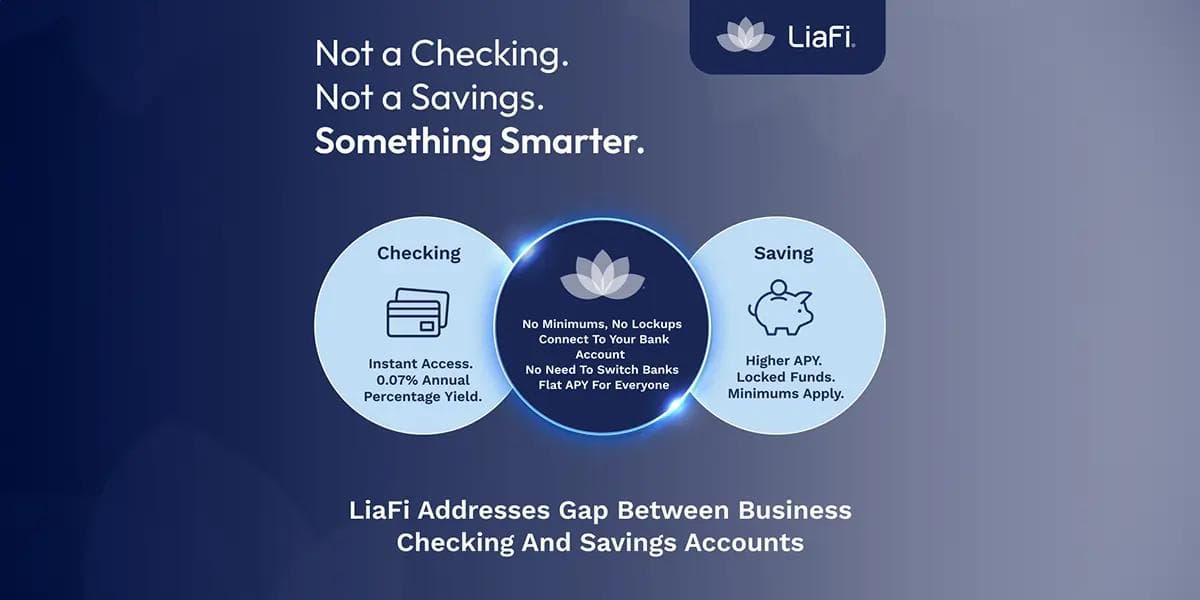How customer demand is shaping the future of insurance
How customer demand is shaping the future of insurance
Published by Jessica Weisman-Pitts
Posted on March 15, 2022

Published by Jessica Weisman-Pitts
Posted on March 15, 2022

By Michael Sharp, CCO of Imburse
Customer expectations have changed dramatically over the last few years. Innovative industries offering highly personalised services are powering this shift in customer demand. Ecommerce, for instance, is a sector that provides customers with exactly what they are looking for: speed, convenience and ease. Customers can purchase anything online, have their questions answered in a matter of minutes and receive first-time discounts and loyalty vouchers from their favourite brands. A streamlined and tailored customer journey is now the norm across sectors. Anything less than that is likely to leave customers disappointed.
Not only are customers getting used to top-notch digital experiences, they also have access to a wider range of media platforms. This means that companies can reach their target customers through their preferred channels, which boosts competition and contributes to a more saturated market. Customers can now more easily compare products and services from different insurers, and they are no longer loyal to a particular brand. In fact, 73 percent of all UK insurance purchases now involve price comparison websites (Target Group report).
Purchasing insurance policies isn’t as exciting as purchasing a brand new laptop. Insurance is, after all, a preventive measure and an unappealing service. However, just like with any other business vertical, it needs to meet customer expectations. This includes, amongst others, covering all customers’ individual needs, offering a smooth claims process and delivering exceptional customer service both through digital platforms and in-person. According to a survey, a shocking 40 percent of UK insurance policy holders believe that UK insurers don’t treat their customers well. This negative perception of insurers serves as a trigger warning for insurers across the globe to step into their digital transformation journeys as soon as possible.
The competitiveness of the industry may seem challenging at first, but there are still many ways in which traditional insurers can get their piece of the pie. All of these solutions are based around leveraging technology to strengthen customer channels, adjust current offerings and develop innovative products. Insurers must adapt to the digital transformation that we see across industries by adopting new approaches, launching new products and discovering new ways to keep their customers engaged.
It is a learning curve and an infinite process, as technology will only continue to evolve even more. Now is a pivotal moment for insurers to effectively optimise both their internal and external systems, so they can be flexible enough to adapt to changing customer and business needs without hugely impacting their operations and resources. From automation and data analytics to payments, technology can affect various insurance areas. Claims processes can be streamlined, underwriting and risk assessment can be automated, big data can be collected and analysed to drive important customer insights and pay-outs can be instant using customers’ preferred methods.
These are just a few examples of the numerous possibilities that technology opens doors to. However, this will require not only significant internal changes, but also huge financial investments and resources. At the moment, traditional insurers rely on their traditional IT systems, and these systems are incompatible with the latest technologies. This brings about a very high barrier to connectivity, which impedes insurers from truly embracing their digital transformation journeys. Despite being well-aware of what their customers want, insurers simply can’t change their decades-old systems and processes in the blink of an eye.
What they can do, however, is to make use of third-party tools to digitalise their processes whilst not affecting their core systems. It is a simple road to success and one that needs to be taken sooner rather than later. Take payments for instance; payments is just one of the various stages of the customer journey, yet one that is vital for the overall customer experience. Customers may get their claim sorted quickly through digital channels, but if they get reimbursed via a paper cheque and need to visit a branch to deposit it, chances are they won’t be very happy with the overall service.
Deploying multiple payment providers and technologies into traditional IT infrastructure is a lengthy, cumbersome and expensive process that requires a lot of resources. This naturally increases the company’s reluctance to even touch their old IT systems. The most cost and time-efficient way to integrate new providers and technologies into these systems is to outsource it to SaaS providers like Imburse. Serving as a payments middleware, these third-parties do all the heavy-lifting of payment integrations, causing no disruption to the insurer’s day-to-day operations. Most importantly, they can speed up the integration process and don’t require nearly as much financial investment or resources.
They are also best placed to offer the payment expertise that insurers don’t typically have. When it comes to specific business areas like payments, insurers can truly benefit from industry experts who are experienced in that subject matter. This specific knowledge can’t be learned in a day, and often requires a dedicated team. By partnering with third-parties that are focused solely on one business area, insurers can get both the technology and the expertise they need to choose providers and make the best decisions for their company.
The future of insurance is driven by customers and their requirements, but it is very much in insurers’ hands. It takes partnering with the right companies that can drive them in the right direction and give them full support along their transformation journey. Whether insurers want to launch new products, expand to new markets or boost customer engagement, this can all be achieved by having the best partners by their side. The next few years will be absolutely crucial for the insurance sector. Embracing digitalisation and adopting customer-centred business approaches will be key factors for long-term success.
Explore more articles in the Top Stories category











